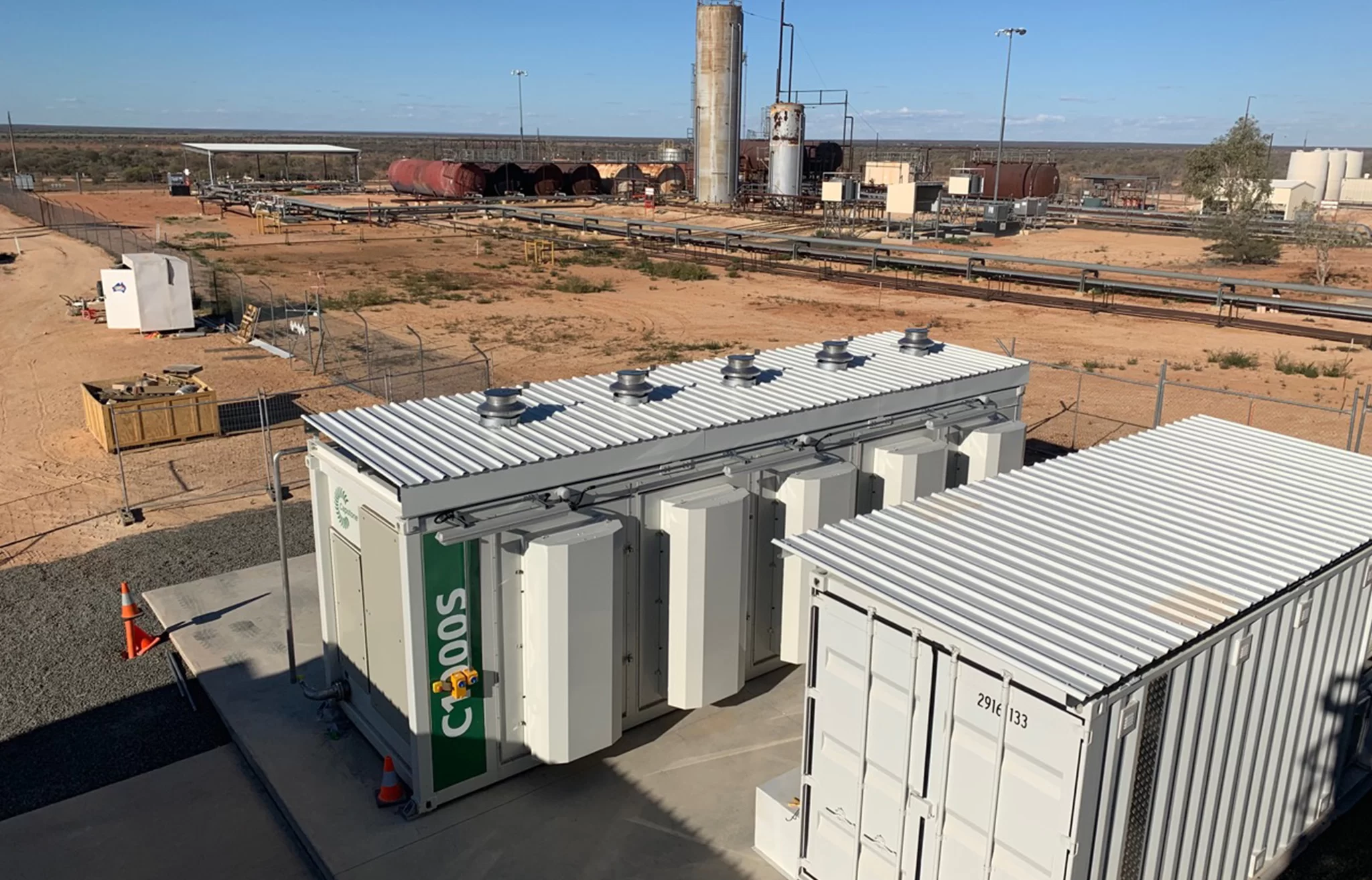Steel Storage Containers: Versatile Solutions for Modern Storage Needs
Steel storage containers have become indispensable in a wide range of industries due to their durability, versatility, and cost-effectiveness. Whether used for shipping, storing goods, or even as modular building units, these containers offer a robust solution to various storage and logistical challenges. This article explores the many applications and benefits of steel storage containers, highlighting why they are a preferred choice for businesses and individuals alike.
Steel containers originated from the need for a standardized method of transporting goods across long distances, particularly by sea. The development of the intermodal container in the 1950s revolutionized the shipping industry, providing a universal solution that could be easily transferred between ships, trucks, and trains without unloading the cargo. This innovation significantly reduced shipping times and costs, paving the way for the global trade boom.

- Durability:
Steel containers are built to withstand harsh environmental conditions, including extreme weather, heavy loads, and rough handling. Their robust construction ensures that goods remain safe and secure during transit and storage.
- Versatility:
Available in various sizes and configurations, steel containers can be customized to meet specific needs. They are used for everything from shipping and storage to modular buildings and mobile offices.
- Security:
Steel storage containers offer high security, with features like lockable doors, tamper-proof locks, and reinforced structures, protecting valuable goods from theft and damage.
- Cost-Effectiveness:
The long lifespan and low maintenance requirements of steel containers make them a cost-effective solution for both temporary and permanent storage needs.
- Mobility:
The intermodal design of these containers allows them to be easily transported by different modes of transport, facilitating seamless logistics operations.
- Shipping and Logistics:
The primary use of steel storage containers remains in the shipping industry, where they serve as the backbone of global trade. They are used to transport a wide variety of goods, from raw materials to finished products, across continents.
- On-Site Storage:
Construction sites, manufacturing plants, and warehouses often use steel containers for on-site storage of tools, equipment, and materials. Their portability and security make them ideal for such applications.
- Residential and Commercial Storage:
Steel containers provide an excellent solution for residential and commercial storage needs, including the storage of seasonal items, excess inventory, and personal belongings during moves or renovations.
- Modular Buildings:
An emerging trend is the use of steel containers in construction. They are repurposed into offices, homes, classrooms, and even retail spaces. Their modular nature allows for quick and cost-effective construction, with the added benefit of being environmentally friendly through recycling and repurposing.
- Emergency Response:
In disaster relief operations, steel containers are utilized to store and transport emergency supplies such as food, water, medical equipment, and shelter materials. Their durability and ease of transport make them ideal for rapid deployment in crisis situations.
- Flexibility:
The adaptability of steel storage containers to different uses makes them a versatile asset. They can be stacked, modified, and relocated as needed, providing flexible storage solutions.
- Environmental Impact:
Repurposing steel containers for various applications reduces the demand for new materials and lowers the carbon footprint associated with manufacturing. This sustainable practice is beneficial for the environment.
- Protection:
Steel containers provide excellent protection against external elements, pests, and intruders. This makes them suitable for storing valuable or sensitive items that require a controlled environment.
- Cost Savings:
The initial investment in steel storage containers can lead to long-term savings due to their durability and low maintenance costs. They also eliminate the need for permanent storage facilities, reducing overhead expenses.
Insulation:
Adding insulation to containers can help regulate temperature and protect sensitive goods from extreme weather conditions.
Ventilation:
Proper ventilation systems can be installed to prevent moisture buildup and ensure air circulation.
Electrical Outfitting:
For use as offices or living spaces, containers can be fitted with electrical wiring, lighting, and power outlets.
Partitions and Shelving:
Internal partitions and shelving units can be added to organize the storage space more efficiently.
Exterior Modifications:
Containers can be painted, reinforced, or fitted with additional security features like alarm systems and surveillance cameras.
Steel storage containers can be customized to meet specific requirements. Common modifications include:
- Insulation:
Adding insulation to containers can help regulate temperature and protect sensitive goods from extreme weather conditions. - Ventilation:
Proper ventilation systems can be installed to prevent moisture buildup and ensure air circulation. - Electrical Outfitting:
For use as offices or living spaces, containers can be fitted with electrical wiring, lighting, and power outlets. - Partitions and Shelving:
Internal partitions and shelving units can be added to organize the storage space more efficiently. - Exterior Modifications:
Containers can be painted, reinforced, or fitted with additional security features like alarm systems and surveillance cameras.
Conclusion
Steel storage containers have proven to be a versatile, durable, and cost-effective solution for a wide range of storage and logistical needs. Their adaptability to various applications, from shipping and on-site storage to modular buildings and emergency response, makes them an invaluable asset in today’s fast-paced world. As industries continue to evolve and seek efficient storage solutions, steel containers are poised to remain a cornerstone of modern logistics and storage strategies.
